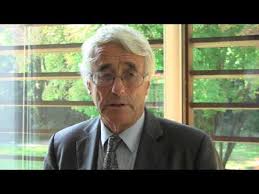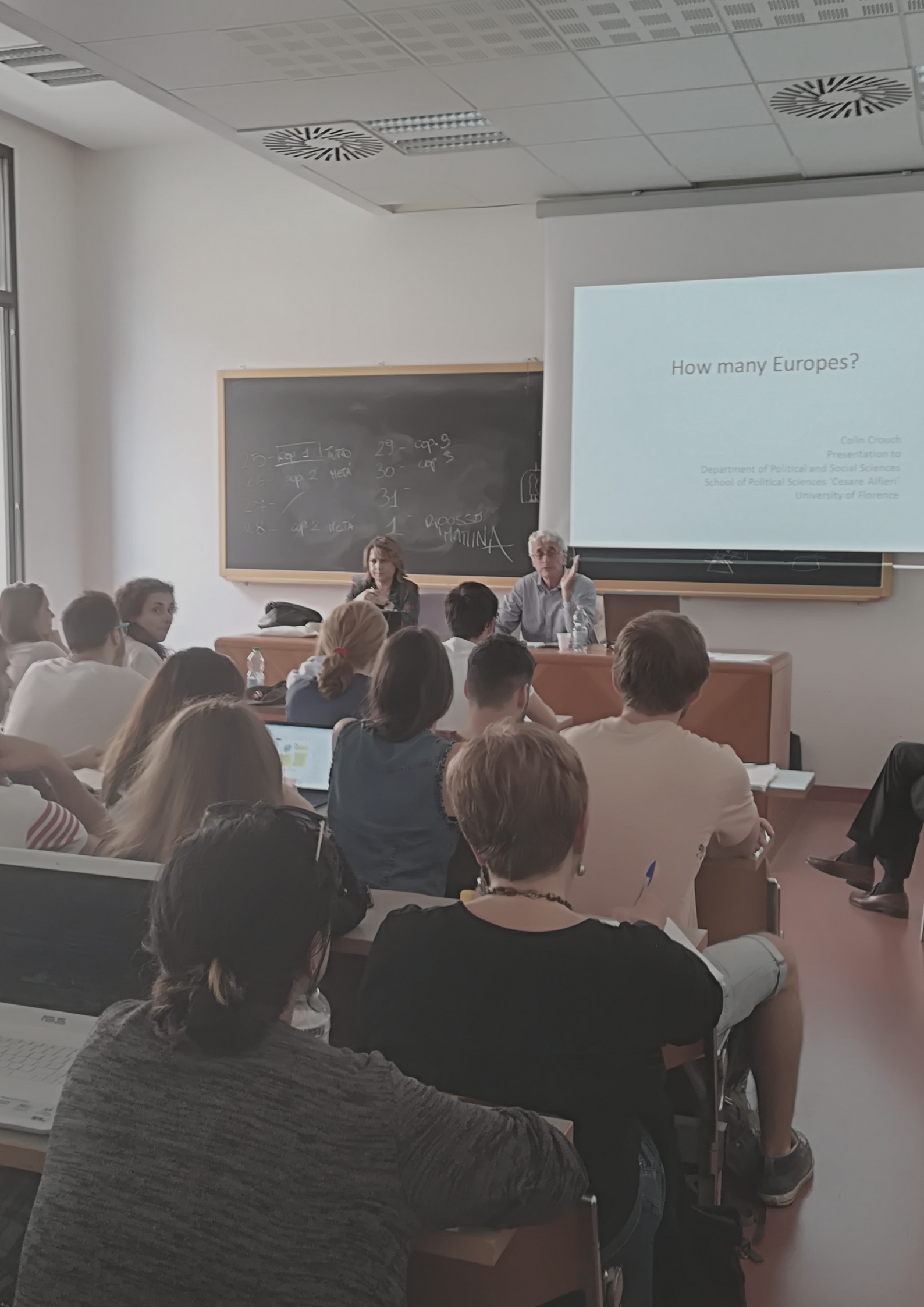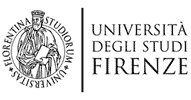Open Lecture on Society and Social Change in 21st Century Europe by prof. Colin Crouch
Prof. Colin Crouch (Emeritus professor, Warwick University) gave an open lecture on "Society and Social Change in 21st Century Europe" (Thursday May 24th; 16-18, D5/111).
"Globalization makes international collaboration more urgent; but it also makes it less likely to happen. Marketization requires social policy, not only to combat the negative effects of markets, but also to support the market with things it cannot provide for itself; but marketization and social policy are usually seen as opposed projects".
Colin Crouch, May 24th 2018, Florence


Europe is a complicated and diverse continet. The question is: how many Europes exist? The differences between north and south, east and west of Europe are a lot of. Important parts of Europe appear as a relatively egalitarian zone compared with Russia, Turkey, the United States and (to a lesser extent) Japan, but this generalization excludes southern, anglophone, most of further eastern Europe and the Baltic states. Within this overall diversity, sub-regional groups can be identified for a few parts of Europe, normally def ned by lengthy shared histories: the Nordic states; the Baltic states; to some extent the countries of south-west Europe; the former components of Czechoslovakia, sometimes with Slovenia; and possibly further eastern Europe outside the Baltics. These relatively clearly defined groups exist outside what might be regarded as the north-western core of Europe, dominated by the region’s three largest states (France, Germany and the UK). Within this core there is considerable internal diversity that prevents us from seeing it as a sub-region. On several variables most of the countries in this sub-region share important characteristics with Norden. Although there are clear geosocial differences among European countries on familiar axes between north and south, and east and west, most of these can be attributed to differences in level of national income rather than to strong political or cultural distinctions. Similarly, none of the outside comparators relate in a clear way to either Europeas a whole or to specific sub-regions – except that Russia ‘belongs’ among the countries of FEE. The analysis of Colin Crouch reveals the variety of social developments: age of women’s first marriage, level of female employment, level of employment in manufacturing, predominance of workers at higher skill levels; they are all phenomena that influence the social developments across the continent.
last update: 16-June-2019


